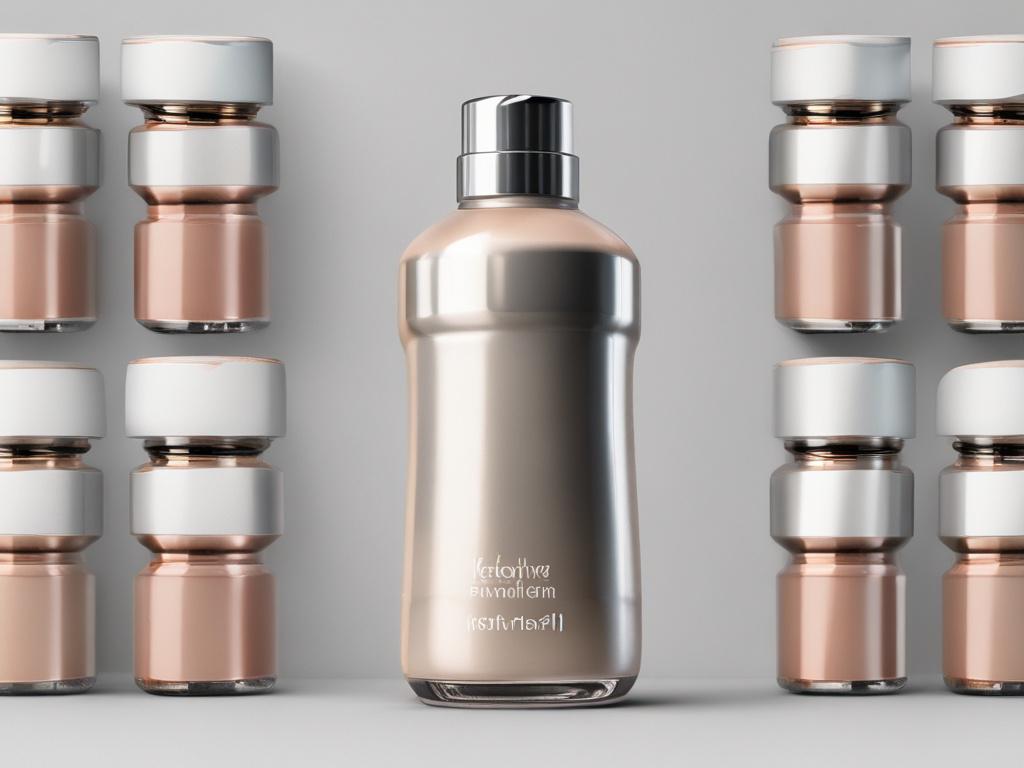Website designed with the B12 website builder. Create your own website today.
Start for free
In today’s fast-paced business landscape, startups face intense competition and ever-evolving consumer expectations. To stand out, they must harness the power of effective product design. Product design plays a pivotal role in shaping a startup’s trajectory, influencing not just the functionality of the product, but also the emotional connection it fosters with users. By prioritizing thoughtful design from the outset, startups can create solutions that truly resonate with their target audience and drive long-term success.
In this blog post, we will explore how effective product design shapes the success of startups. We will delve into the key principles that transform innovative ideas into marketable solutions, providing a roadmap for entrepreneurs looking to optimize their offerings. Additionally, we’ll share real-world examples that illustrate how innovative product design not only enhances user experience but also propels startup growth. Join us as we uncover the essential elements of product design that can help turn visions into victorious ventures.
Understanding the role of effective product design in startup success
Product design plays a critical role in the trajectory of startups, acting as the bridge between innovative ideas and market readiness. When entrepreneurs craft their products with effective design, they create experiences that resonate with customers. This resonance not only captures attention but also fosters user loyalty, which is essential for long-term success. Startups in their nascent stages often face the uphill battle of limited resources and market uncertainty. A well-thought-out product design can mitigate these challenges by addressing real user needs and differentiating the startup from its competitors.
Moreover, effective product design enhances usability and functionality, allowing startups to streamline processes and reduce costs. By focusing on user-centered design principles, startups can identify pain points and develop solutions that provide tangible value to their customers. This intentional approach ensures that products do not just meet aesthetic requirements but also solve specific problems effectively. When startups prioritize product design, they set themselves up for scalability and adaptability in dynamic market environments, positioning themselves for success from the very beginning.
Key principles of product design: Turning ideas into marketable solutions
Effective product design revolves around several key principles that help transform initial ideas into viable market solutions. First and foremost, user-centered design takes precedence. By actively engaging with target users and gathering their feedback, startups can create products that genuinely meet customer needs. This approach not only fosters innovation but also instills a sense of ownership among potential users. Additionally, simplicity plays a crucial role in product design. A clean and intuitive interface enables users to interact effortlessly, reducing the learning curve and enhancing overall satisfaction.
Another important principle is the iterative design process. Successful startups understand that the first version of their product isn’t always the final one. They employ a cycle of prototyping, testing, and refining to hone their products continually. This agile methodology allows for the accommodation of feedback and evolving market trends, ensuring that the final design resonates with consumers. Lastly, the integration of sustainable practices into product design has become increasingly relevant. Startups that prioritize eco-friendly materials and processes not only reduce their environmental impact but also appeal to a growing segment of environmentally conscious consumers, thereby enhancing their brand image and market presence.
Real-world examples: How innovative product design drives startup growth
Innovative product design has propelled numerous startups into the limelight, showcasing the transformative power of creativity and functionality. One standout example is Airbnb, which revolutionized the travel and lodging industry by offering a seamless user experience through its platform. The intuitive interface allows users to easily search, book, and manage their stays, while its design prioritizes user needs, such as safety and personalization. By carefully crafting a user-friendly design that resonates with its target audience, Airbnb established itself as a mainstream travel option, demonstrating that effective product design can directly influence a startup's growth trajectory.
Another impressive case study is the rise of Canva, a graphic design platform that simplifies the design process for users of all skill levels. Canva's founders recognized a gap in the market for accessible design tools, and they created an interface that is both visually appealing and easy to navigate. The platform’s drag-and-drop functionality, along with a vast library of templates and resources, empowers users to produce high-quality designs quickly. This focus on user experience not only made Canva a go-to solution for individuals and businesses alike but also positioned the startup as a leader in the competitive landscape of design software. These examples illustrate that innovative product design not only captivates users but also lays the groundwork for sustainable startup success.